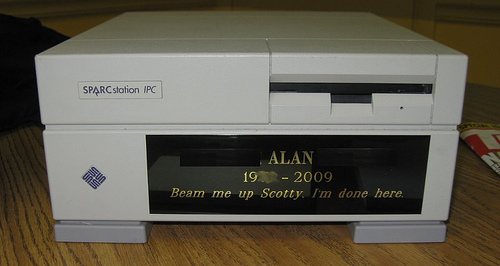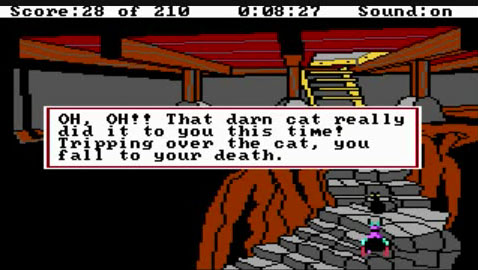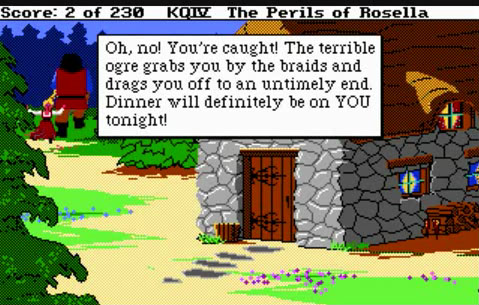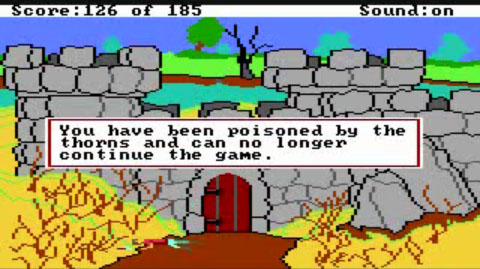Detecting Sadness in 140 Characters: Sentiment Analysis and Mourning Michael Jackson on Twitter
Elsa Kim and Sam Gilbert with Michael J. Edwards and Erhardt Graeff
Web Ecology Project (August 18, 2009)
via Fast Company, “Has Twitter Handicapped Our Ability to Mourn?”
(Dan Macsai, August 20, 2009)
 It was bound to happen, in fact, I’m surprised it took this long — a hand-coded analysis of 1,860,427 tweets about Michael Jackson’s death to determine whether we’re sad or sarcastic, and whether other humans can detect it. Key findings from the Web Ecology Project, a research group in Boston that focuses on online community and culture, include:
It was bound to happen, in fact, I’m surprised it took this long — a hand-coded analysis of 1,860,427 tweets about Michael Jackson’s death to determine whether we’re sad or sarcastic, and whether other humans can detect it. Key findings from the Web Ecology Project, a research group in Boston that focuses on online community and culture, include:
- At its peak, the conversation about Michael Jackson’s death on Twitter proceeded at a rate of 78 tweets per second.
- Roughly 3/4 of tweets about Jackson’s death that use the word “sad” actually express sadness, suggesting that sentiment analysis based on word usage is fairly accurate.
-
That said, there is extensive disagreement between human coders about the emotional content of tweets, even for emotions that we might expect would be clear (like sadness).
- Tweets expressing personal, emotional sadness about the Jackson’s death showed strong agreement among coders while commentary on the auxiliary social effects of Jackson’s death showed strong disagreement.
-
We argue that this pattern in the “understandability” of certain types of communication across Twitter is due to the way the platform structures the expression of its users.
Presumably this last finding refers to the 140 or less character limit. Brevity is the soul of twit. It can also lend itself to stilted expression, leading to factual tones and shallow-sounding proclamations (whether or not reticence is a traditional hallmark of grief).
I must, however, disagree with the referring article’s summation: That “Twitter has handicapped our ability to mourn.” Twitter just happens to be the communication toy du jour. People aren’t using it to mourn, they’re using it because they’re using it for everything else: to broadcast breakfast, to announce locations, to link, network, connect, spam, waste time and save lives. If it’s contributing to degraded mourning and grief, that’s because it’s guilty of comparable, more common and entrenched communication blunders (however admittedly interesting and useful for some communication and organizing behaviors).
Twitter is just one (minor) tool: presumably people are expressing themselves more fully (and we know they have) through talking with friends and family, writing lengthy blog posts, making tribute videos, moonwalking poorly and watching other people moonwalk poorly, and buying gads of MJ swag.
I’m also not so sure about this (from the original study):
There were also tweets that combined emotion and objective reportage on the events of the tweeter’s life, including: “Feeding the baby and feeling sad about Michael Jackson! He left is [sic] too soon!” and “Shocked by Michael Jackson’s death. Such a sad, sad day. Going out for a couple of sales calls, late.”
This combination of life status update and emotional update leads to consensus among the coders, perhaps because the accompanying life status update helps clarify that the tweeter is not being sarcastic.
I don’t detect sarcasm in those expressions, but the inclusion of self-reportage gives tweets an air of attention deficiency and mild narcissism (yes, it’s your Twitter account, but is this really about you? even if it’s natural to connect oneself to the deceased [and necessary in the case of celebrity death — otherwise, wherein lies the personal interest and investment?]). The second example about the sales calls, especially, sounds indifferent and distant to the point of postmodern perfection, which I suppose can be its own form of genuine grief and numb. But to me, that doesn’t make it “sad,” even if the tweeter says “sad,” twice.
Oh, social science. Now I’d like to see research done on this research article, hand-coding and analyzing the hand-coders analyses and rating their abilities to perceive emotion.






